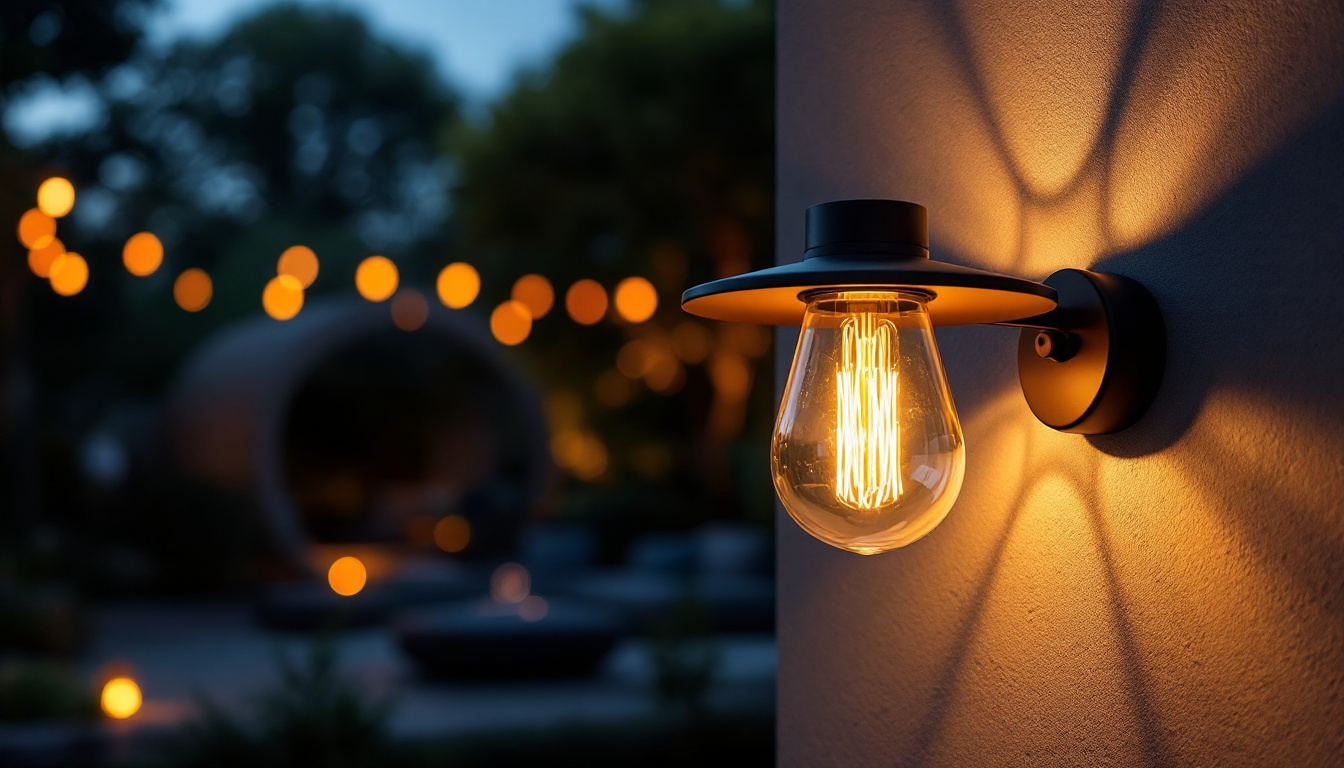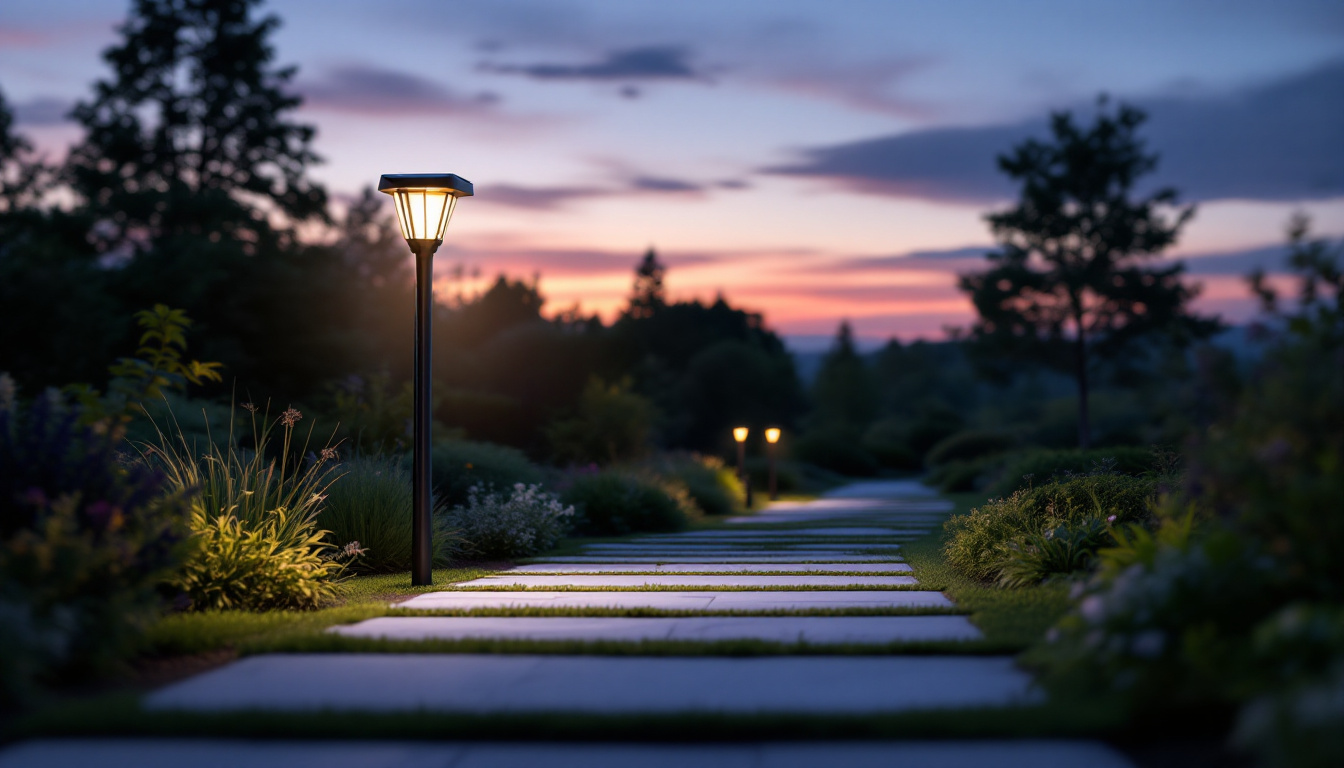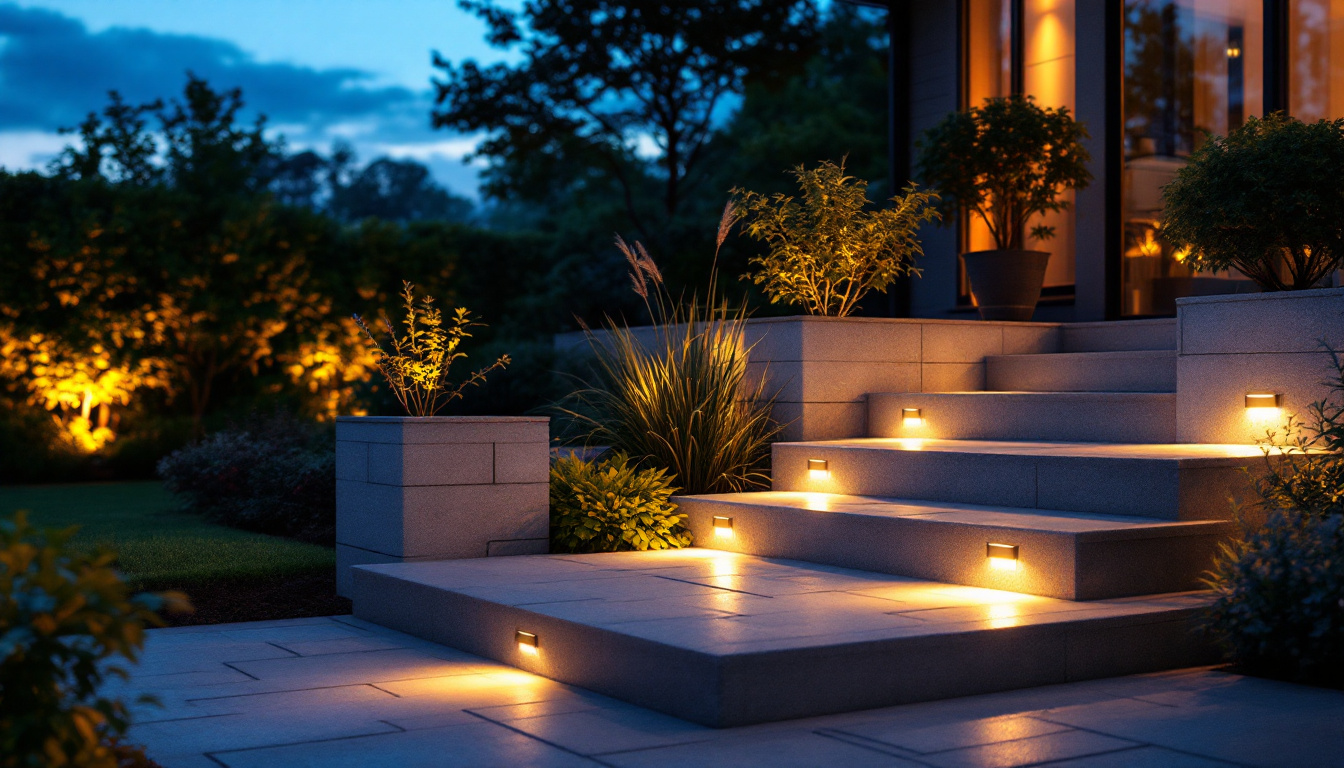
lighting solutions: Understanding the Science Behind it for Lighting Contractors
In the realm of construction and design, lighting plays a pivotal role in enhancing aesthetics, functionality, and safety. For lighting contractors, understanding the science behind lighting solutions is essential. This knowledge not only aids in selecting the right fixtures but also ensures that installations meet both client expectations and regulatory standards. This article delves into the various aspects of lighting solutions, providing insights that can help lighting contractors excel in their projects.
Before diving into specific lighting solutions, it is crucial to understand the basic principles of light. Light is an electromagnetic radiation that is visible to the human eye, and it plays a significant role in how we perceive our environment. The way light interacts with surfaces and materials can dramatically change the appearance of colors and textures, influencing our emotional responses and overall experience within a space.
Light possesses several key properties, including intensity, color, and direction. Intensity refers to the brightness of the light, which can be adjusted through various means, such as dimmers or the use of different wattages. Color, often described in terms of temperature, affects the mood and ambiance of a space. For instance, warmer tones can create a cozy atmosphere, while cooler tones can evoke a sense of calm and clarity. Directionality determines how light is distributed, which can significantly influence the functionality of a room. For example, task lighting is often directed to specific areas to enhance visibility for activities like reading or cooking, while ambient lighting provides a more general illumination that fills the entire space.
Lighting contractors should be familiar with the different types of light sources available. These can be broadly categorized into three groups: incandescent, fluorescent, and LED. Incandescent bulbs are known for their warm light and are often used in residential settings, providing a familiar glow that many find comforting. However, they are less energy-efficient and have a shorter lifespan compared to other options. Fluorescent lights are more energy-efficient and are commonly found in commercial spaces, where they provide bright, even illumination that is ideal for work environments. Despite their efficiency, they can sometimes produce a harsh light that may not be suitable for all settings. LED technology has revolutionized the lighting industry, offering longevity and versatility, making it a popular choice for various applications. LEDs not only consume less energy but also come in a wide range of colors and styles, allowing for creative lighting designs that can enhance both aesthetics and functionality.
In addition to these traditional sources, there are also emerging technologies such as smart lighting systems that allow users to control their lighting through apps or voice commands. These systems can adjust brightness and color temperature based on the time of day or user preferences, creating dynamic environments that can adapt to different activities or moods. Furthermore, the integration of smart lighting with home automation systems can lead to significant energy savings and increased convenience, making it an exciting area of development in the lighting industry.
Effective lighting design is not merely about choosing the right fixtures; it involves a comprehensive understanding of how light interacts with different surfaces and spaces. Several principles guide lighting design, ensuring that the final outcome is both functional and aesthetically pleasing. The interplay of light and shadow can dramatically alter the perception of a space, influencing mood and functionality. Therefore, a well-thought-out lighting plan is essential for enhancing the overall experience within any environment.
Layering light involves using multiple sources of light to create a balanced and dynamic environment. This technique typically includes ambient, task, and accent lighting. Ambient lighting provides general illumination, task lighting focuses on specific areas for activities such as reading or cooking, and accent lighting highlights architectural features or artwork. By combining these layers, contractors can create spaces that are visually interesting and practical. For instance, in a living room, ambient light can be achieved through ceiling fixtures, while floor lamps can serve as task lighting for reading. Accent lighting, such as wall sconces or LED strips, can draw attention to a beautiful piece of art or architectural detail, adding depth and character to the room.
Color rendering is another crucial aspect of lighting design. The Color Rendering Index (CRI) measures how accurately a light source displays colors compared to natural light. A higher CRI value indicates better color accuracy, which is particularly important in settings where color perception is critical, such as art studios or retail environments. Lighting contractors should consider CRI when selecting fixtures to ensure that colors appear true to life. Additionally, the temperature of the light—measured in Kelvin—can also affect how colors are perceived. Warmer lights (around 2700K) can create a cozy atmosphere, while cooler lights (above 5000K) can enhance focus and productivity, making them ideal for workspaces. Understanding these nuances allows designers to tailor lighting solutions that not only meet functional needs but also evoke the desired emotional response from the occupants.
In today’s environmentally conscious world, energy efficiency and sustainability have become paramount considerations in lighting design. Lighting contractors must be well-versed in energy-efficient solutions that not only reduce costs but also minimize environmental impact.
LEDs have emerged as the go-to solution for energy-efficient lighting. They consume significantly less energy than traditional incandescent and fluorescent bulbs, leading to lower electricity bills. Furthermore, LEDs have a longer lifespan, reducing the frequency of replacements and waste. Contractors should advocate for LED solutions to their clients, emphasizing both the cost savings and environmental benefits.
Smart lighting systems offer an innovative approach to energy management. These systems can be programmed to adjust light levels based on occupancy or time of day, further enhancing energy savings. Integrating smart technology into lighting solutions not only appeals to eco-conscious clients but also adds a modern touch to any project. Contractors should stay informed about the latest smart lighting trends and technologies to offer comprehensive solutions.
Lighting contractors must navigate a complex landscape of regulatory standards and compliance requirements. Understanding these regulations is essential to ensure that installations meet safety and performance criteria.
Each region has specific building codes that govern lighting installations. These codes typically address aspects such as minimum illumination levels, emergency lighting requirements, and energy efficiency standards. Familiarity with these codes is crucial for contractors to avoid potential legal issues and ensure that their projects pass inspections.
In addition to building codes, contractors should also be aware of environmental regulations that may impact lighting projects. These can include restrictions on certain types of lighting, such as those containing hazardous materials. Compliance with these regulations not only protects the environment but also enhances the contractor’s reputation as a responsible professional.
Different applications require tailored lighting solutions. Understanding the unique needs of various environments allows contractors to provide optimal lighting designs that enhance functionality and aesthetics.
In residential settings, lighting plays a crucial role in creating a warm and inviting atmosphere. Contractors should focus on layering light to achieve a balance between ambient, task, and accent lighting. Additionally, homeowners often seek energy-efficient solutions, making LED fixtures an ideal choice. Understanding the client’s lifestyle and preferences is key to delivering a personalized lighting design.
Commercial spaces demand a different approach to lighting design. Here, functionality and efficiency are paramount. Contractors should consider factors such as the type of business, the nature of work being performed, and the overall branding of the company. For instance, retail environments may benefit from accent lighting to highlight products, while office spaces require adequate task lighting to promote productivity.
Outdoor lighting solutions are essential for safety, security, and aesthetics. Contractors must consider factors such as weather resistance, energy efficiency, and the desired ambiance when designing outdoor lighting systems. Pathway lighting, landscape lighting, and security lighting are all critical components that should be integrated into a cohesive design.
The lighting industry is continually evolving, with new technologies and trends emerging regularly. Staying updated on these developments is essential for lighting contractors to remain competitive and offer cutting-edge solutions.
Human-centric lighting focuses on the impact of light on human well-being. This approach considers factors such as circadian rhythms and the psychological effects of different light temperatures. By incorporating human-centric design principles, contractors can create environments that enhance comfort and productivity, particularly in workplaces and educational settings.
Biophilic design integrates natural elements into built environments, and lighting plays a crucial role in this trend. By mimicking natural light patterns and incorporating fixtures that resemble natural forms, contractors can create spaces that foster a connection to nature. This approach has been shown to improve mood and well-being, making it an appealing option for clients.
Lighting solutions encompass a diverse range of considerations, from the science of light to design principles and emerging trends. For lighting contractors, a thorough understanding of these elements is essential for delivering successful projects that meet client needs and regulatory standards. By staying informed about advancements in technology and design, contractors can position themselves as experts in the field, ultimately leading to greater client satisfaction and business success.
In a rapidly changing industry, embracing innovation and sustainability will not only enhance the quality of lighting solutions but also contribute to a more environmentally friendly future. As the demand for energy-efficient and aesthetically pleasing lighting continues to grow, contractors equipped with the right knowledge will be well-prepared to meet the challenges and opportunities ahead.
Ready to elevate your lighting projects with the best in quality and value? Look no further than LumenWholesale. Our spec-grade lighting products set the standard for excellence, offering you the high-performance solutions you need at wholesale prices that can’t be beaten. Say goodbye to middleman markups and hello to a vast selection of industry-leading lighting options. Plus, with free shipping on bulk orders, you can trust that you’re getting premium lighting without any hidden costs. Don’t compromise on quality or affordability. Discover wholesale lighting at the best value today and light up your projects with confidence and convenience.

Discover how outdoor light fixtures can provide a competitive edge for lighting contractors.

Discover why staying informed about solar outdoor post lights is essential for lighting contractors.

Discover the crucial role outdoor step light fixtures play for lighting contractors in enhancing safety, aesthetics, and energy efficiency.

Discover the frequent pitfalls lighting contractors encounter when installing LED tape lights with remote controls.